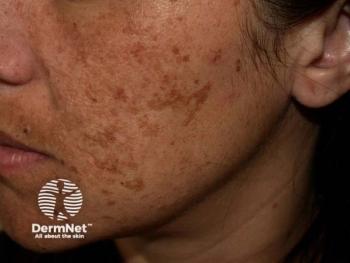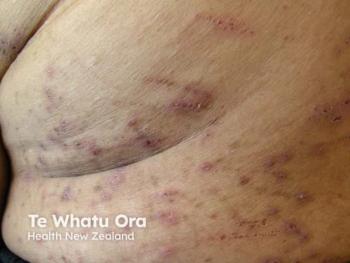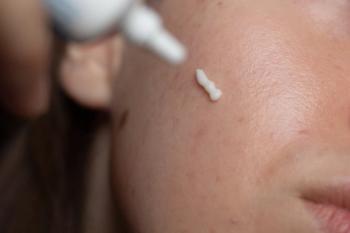
The Rx Recap: July 27-August 1
Key Takeaways
- Mayo Clinic pioneers alpha-emitting radiopharmaceutical therapy for metastatic breast cancer, enhancing precision in targeting cancer cells while sparing healthy tissue.
- VIZZ, an aceclidine-based eye drop, receives FDA approval for presbyopia, providing rapid and sustained near vision improvement without myopic shift.
This week, we feature top articles from our sister publications on regulatory updates, clinical trial insights, and more.
Welcome to this week’s roundup of the most insightful and impactful articles from the sister publications of Dermatology Times, all under One MJH Life Sciences. Our network brings together expert perspectives, clinical advancements, and industry updates to keep clinicians informed and ahead of the curve. From cutting-edge treatments to practice management strategies, here’s a look at the top stories shaping the field of medicine.
Mayo Clinic Treats First Person in the US With a Novel Radiopharmaceutical Therapy for Breast Cancer
Mayo Clinic has become the first site in the US to administer a novel alpha-emitting radiopharmaceutical therapy to a patient with metastatic breast cancer, as part of the ongoing international TRACY-1 clinical trial. Published in
FDA Approves Lenz Therapeutics’ VIZZ for the Treatment of Presbyopia
Lenz Therapeutics has received FDA approval for VIZZ (aceclidine 1.44%), marking the first and only aceclidine-based eye drop approved for the treatment of presbyopia in adults. Published in
FDA Gives Sarepta Green Light to Restart Shipment of DMD Gene Therapy Elevidys to Patients who are Ambulatory
The FDA has recommended that Sarepta Therapeutics lift its voluntary pause on US shipments of delandistrogene moxeparvovec-rokl (Elevidys) for ambulatory patients with Duchenne muscular dystrophy (DMD), as reported by
FDA Label Update Positions Inclisiran as First-Line Monotherapy for Hypercholesterolemia
The FDA has approved a significant label update for inclisiran, allowing its use as monotherapy for LDL-C reduction, as reported by
Pharmacists' Guide to Selection and Use of At-Home Blood Pressure Monitors
In
Want to read more on specialty care, pharmacy, industry sciences, and more? Check out
Newsletter
Like what you’re reading? Subscribe to Dermatology Times for weekly updates on therapies, innovations, and real-world practice tips.


















